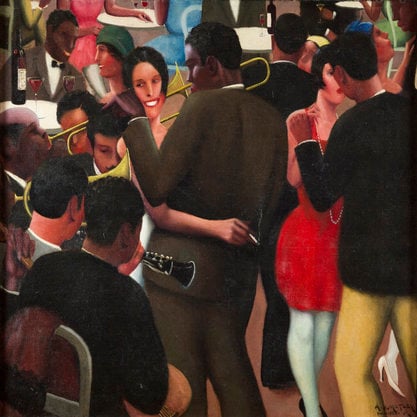Article
Donatoni, Franco (1927–2000) By Renaud, Mitch
Article
Composer and poet Franco Donatoni studied in Vienna before attending the Darmstadt summer music program, where he encountered Pierre Boulez and Karlheinz Stockhausen, among others. Donatoni took to the serial practices of Darmstadt but attempted to join them with John Cage’s project of separating the composer’s ego from the work of art. These encounters eventually led him to apply what he referred to as codes to found or borrowed material. In any given mature work, codes operate on multiple levels and control all musical parameters. His early experiments with codes, such as Etwas Ruhiger im Ausdruck (1967), aim for the creation of a work completely autonomous from its maker; however, Donatoni’s thinking gradually changed to acknowledge his role in the deployment of codes. Works like La souris sans sourire (1988) for string quartet demonstrate his self-defined joyous period, where he employed a wider range of materials. One of the clearest examples of his use of codes is his final piece Esa (In Cauda V) (2000), written for his student Esa-Pekka Salonen, which uses the musical spelling of Esa’s name and material from The Rite of Spring.


